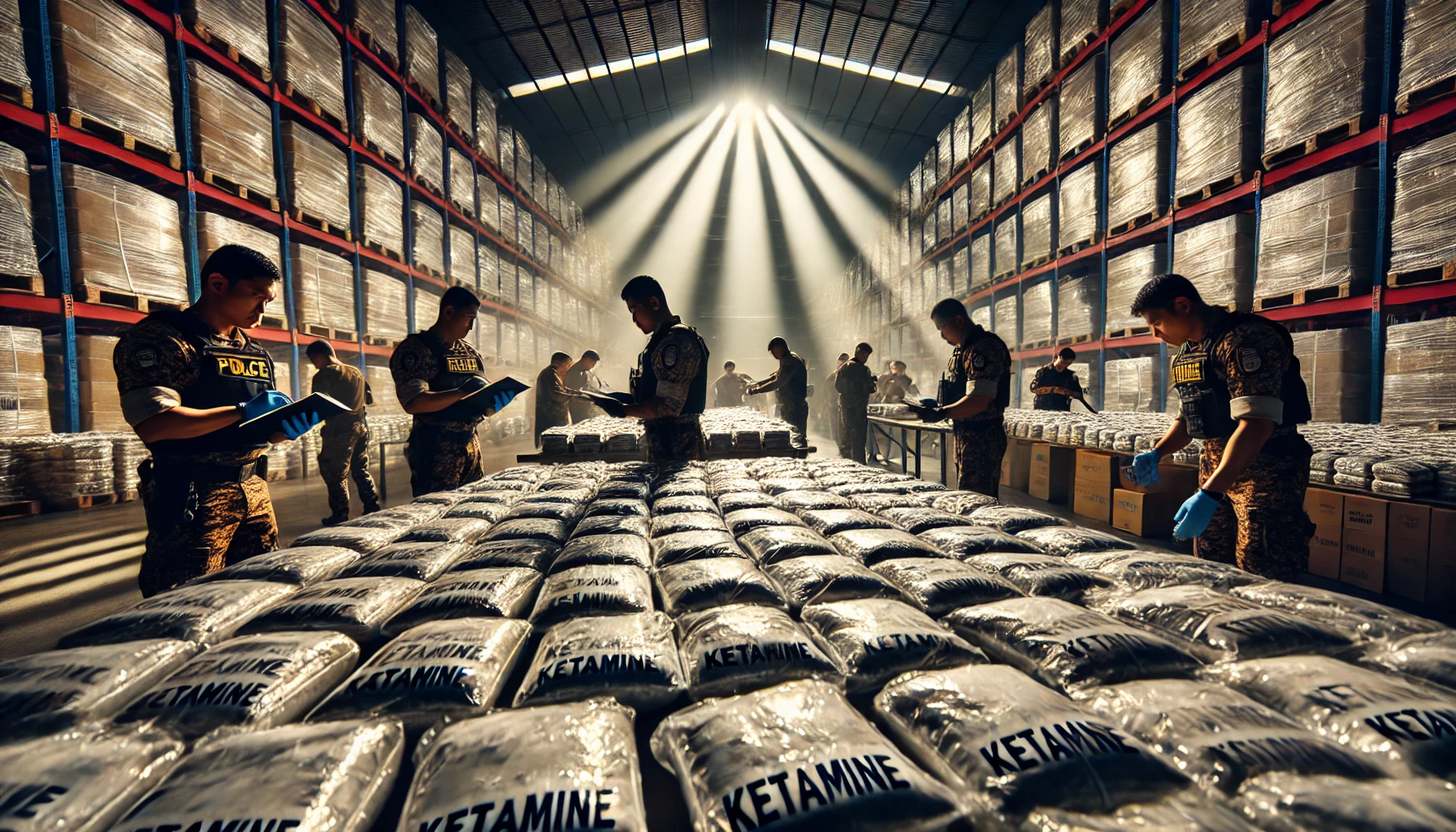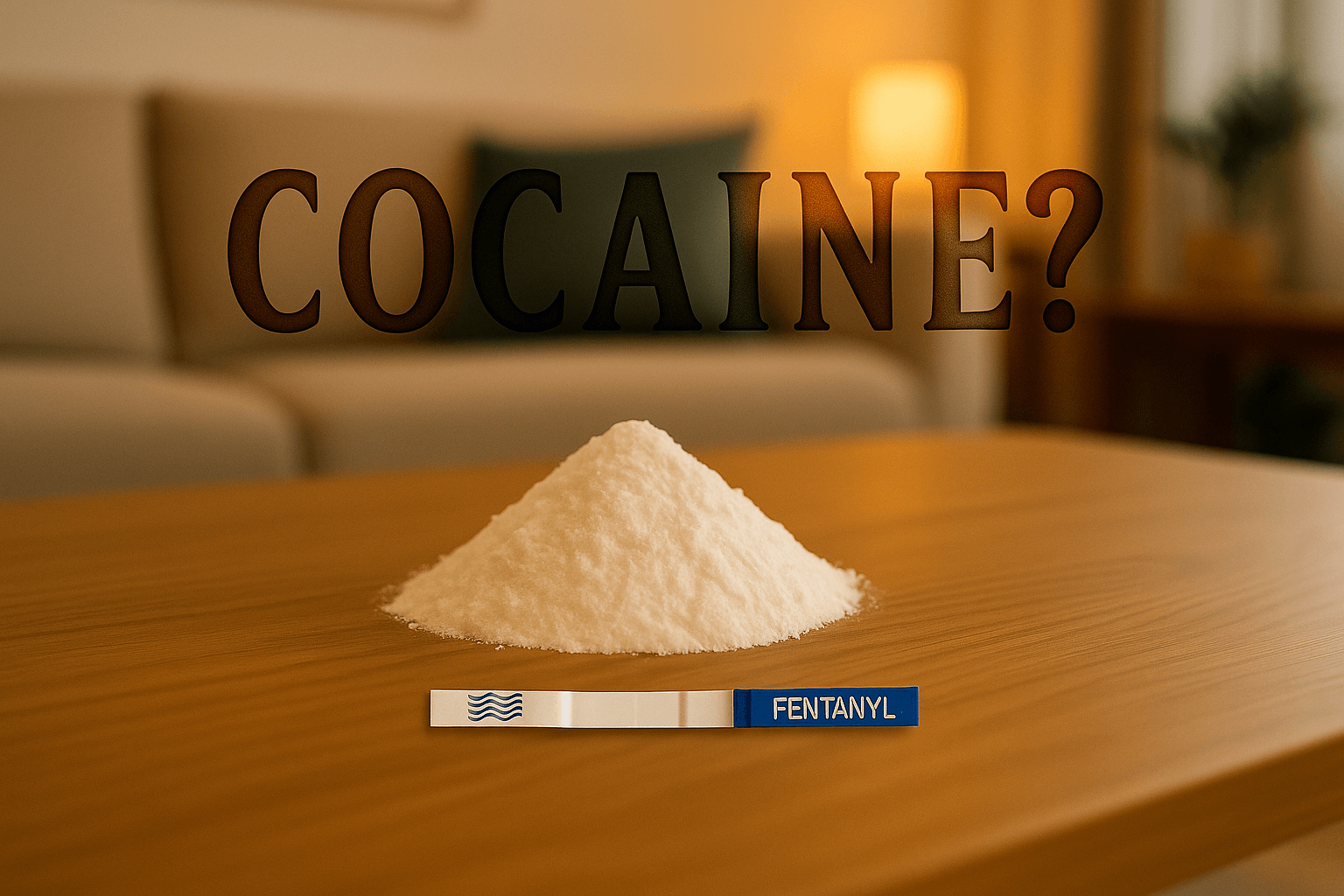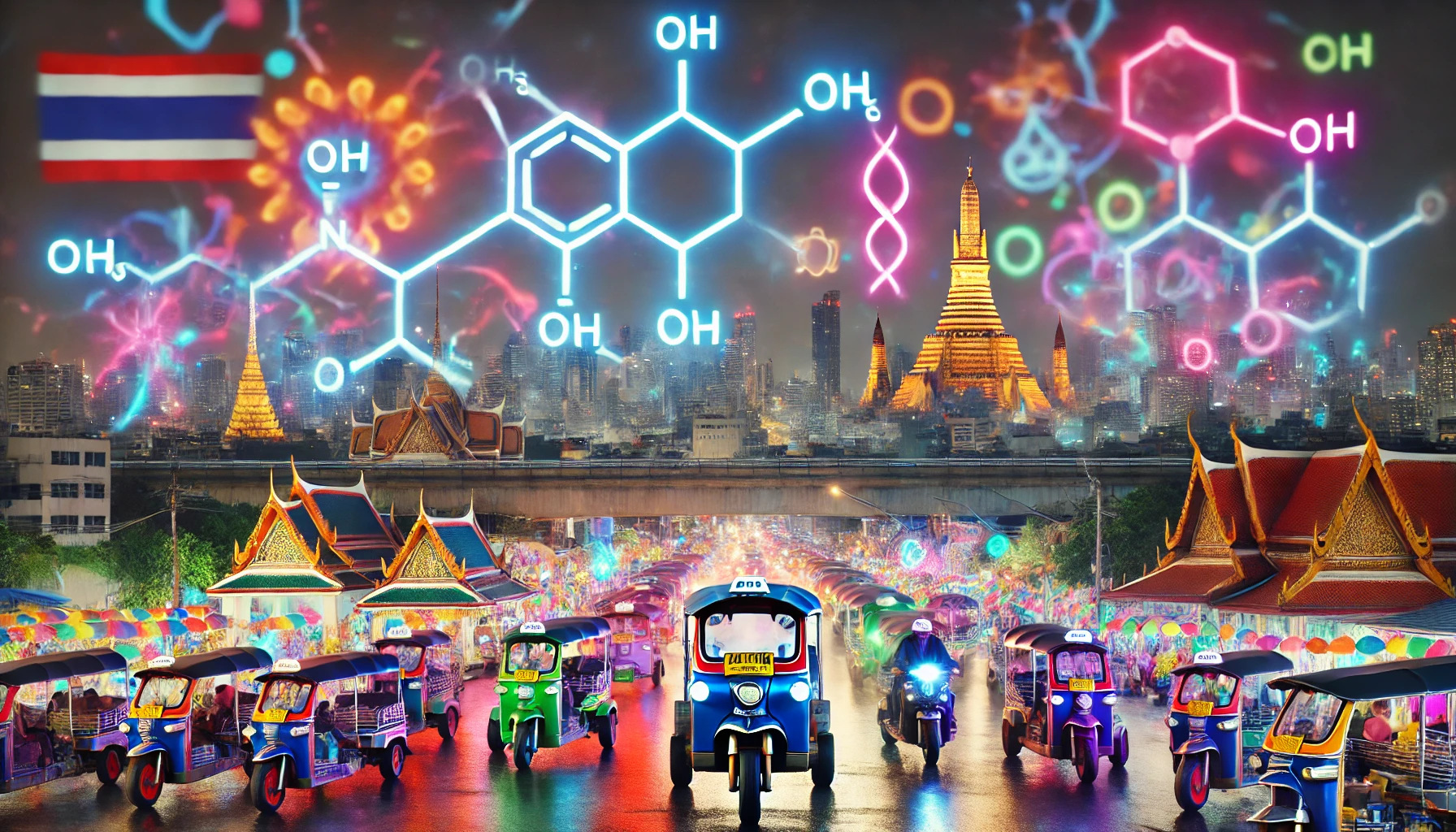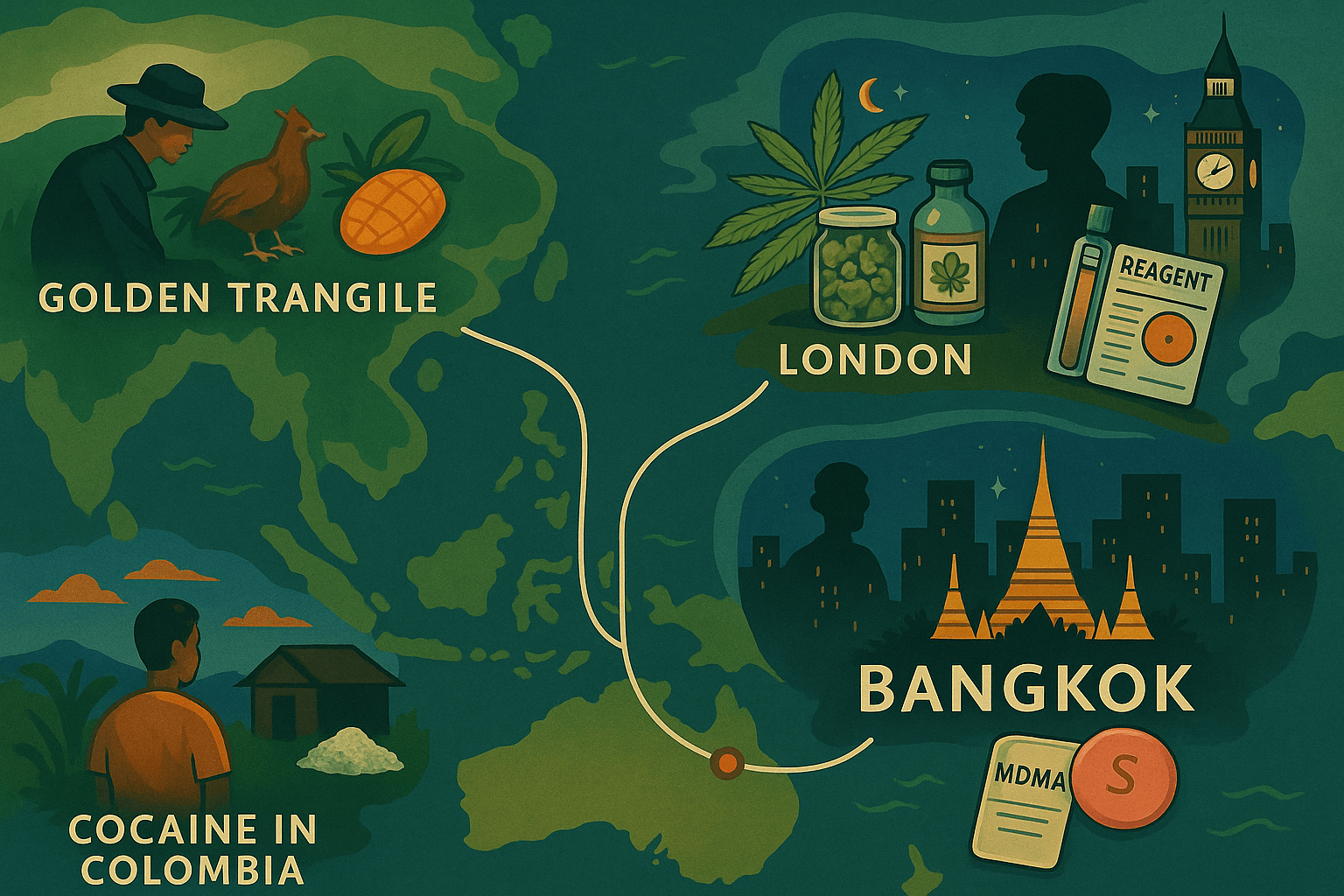The 2023 report on synthetic drugs in East and Southeast Asia by the United Nations Office on Drugs and Crime (UNODC) provides a comprehensive overview of the ketamine market in the region, highlighting significant trends in Thailand. The report outlines both increases and decreases in ketamine-related activities, offering insights into the dynamics of its production, trafficking, and use.
Increase in Ketamine Seizures
In recent years, the illicit production and trafficking of ketamine have seen a marked increase in Southeast Asia, with Thailand being a significant player in this trend. The report indicates that the amount of ketamine seized in the region reached a record high of 27.4 tons in 2022, representing a 167% increase compared to 2021. This surge was primarily driven by activities in Southeast Asia, where 22.5 tons were seized, with Thailand being a key transit point for ketamine trafficked from Myanmar and Cambodia 1.
Production and Trafficking Dynamics
Organized crime groups have increasingly targeted the lower Mekong region, including Thailand, for the production and trafficking of ketamine. The report notes that these groups have adopted a supply-driven market expansion strategy, similar to the one used for methamphetamine. This involves large-scale production facilities and sophisticated trafficking networks that exploit Thailand’s geographic location as a transit hub.
Decrease in Local Use and Seizures
Despite the increase in regional trafficking, the report highlights a decrease in the local use of ketamine in Thailand. Expert perceptions suggest a decline in non-medical use, which could be attributed to effective law enforcement and public health interventions. Additionally, the average purity of ketamine samples analyzed in Thailand was reported to be 95.5%, with a decrease in wholesale prices from $9,300 per kilogram in 2021 to $7,800-$8,000 in 2022. This suggests a saturated market with reduced demand.
Challenges and Implications
The report underscores the challenges posed by the illicit ketamine market, including the involvement of transnational organized crime groups and the use of innovative trafficking methods. For Thailand, this means continued vigilance and cooperation with regional partners to curb the flow of ketamine and other synthetic drugs. The findings also highlight the need for comprehensive strategies that address both supply and demand, ensuring that public health and safety are prioritized.
结论
The UNODC’s 2023 report provides valuable insights into the ketamine market in Thailand, showing both the complexities of its increase in trafficking and the decrease in local use. As the country navigates these challenges, continued efforts in law enforcement, international cooperation, and public health initiatives will be crucial in managing the impact of synthetic drugs.
REFERENCES
- Synthetic Drugs in East and Southeast Asia 2023 Report: UNODC Report ↩︎




